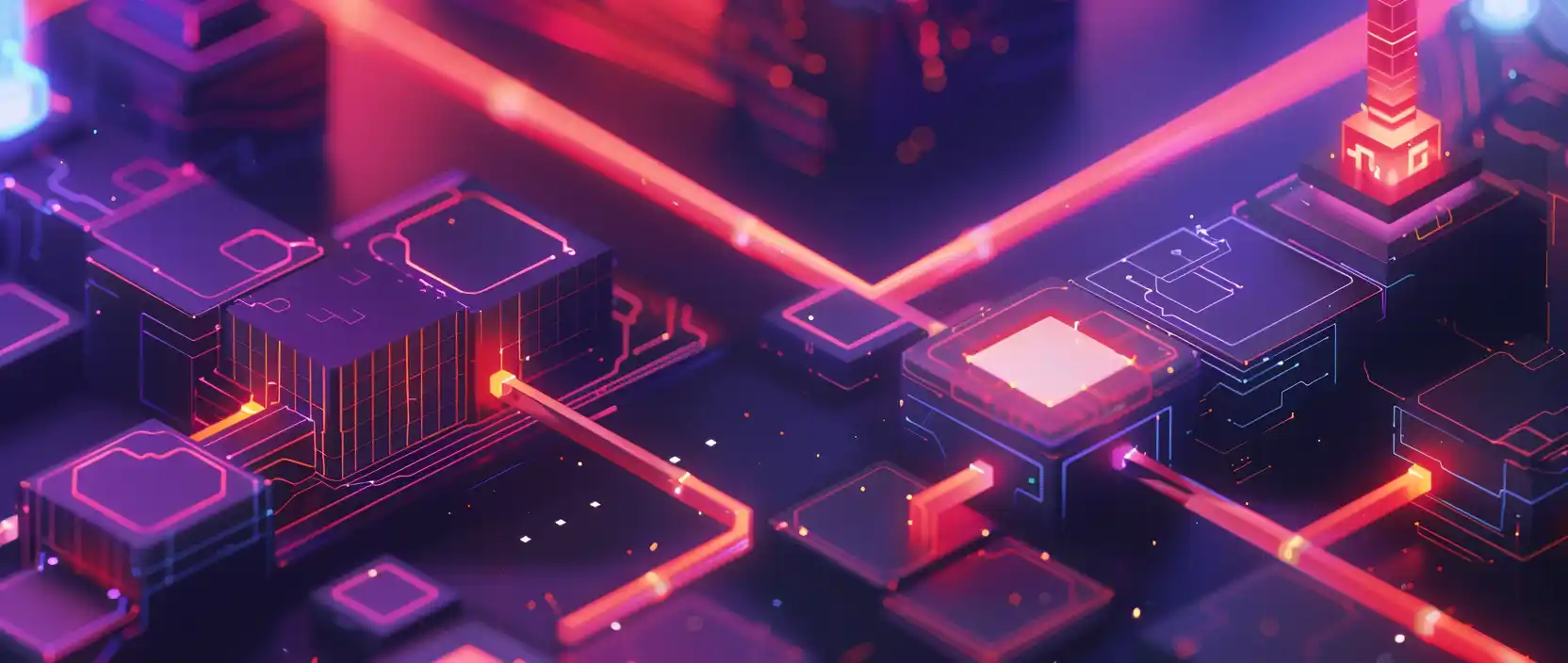In the world of blockchain technology, the challenge of interoperability between different networks remains one of the most pressing issues. The Union project offers an innovative solution aimed at providing effective and secure cross-chain communication.
Content:
- Overview of the Union Project
- Architecture and Key Components
- Protocols and Standards
- Integration and Developer Support
- Union’s Advantages and Prospects
- Conclusion
Overview of the Union Project
Union is a highly efficient infrastructure layer based on Zero-Knowledge technology, designed to ensure cross-chain compatibility. Its goal is to unite various blockchain networks and rollups, providing secure and fast transfer of messages, assets, NFTs, and DeFi operations without the need for third-party trust. Union uses advanced cryptographic methods and consensus mechanisms to achieve this goal.
Architecture and Key Components
The architecture of Union consists of several main components, each playing an important role in ensuring cross-chain compatibility.
CometBLS
CometBLS is a module responsible for implementing BLS signatures in the Union protocol. BLS signatures allow multiple signatures to be combined into one, significantly reducing data volume and improving message transfer efficiency between networks. This is especially important for ensuring security and speed of operations in a multi-network environment.
Galois
Galois is a component responsible for processing and verifying Zero-Knowledge Proofs. It ensures reliable verification of transactions and messages without disclosing sensitive information, which enhances user security and privacy.
Voyager
Voyager is a module responsible for routing and transferring messages between different blockchain networks. It provides reliable and efficient communication, allowing various networks to interact with each other without needing trust in intermediaries.
Protocols and Standards
Union supports and integrates several key protocols and standards that ensure its functionality.
IBC
IBC (Inter-Blockchain Communication) is a protocol designed to enable interaction between different blockchain networks. Union extends the capabilities of IBC by implementing additional security and efficiency mechanisms, allowing IBC to be integrated into a broader range of networks and applications.
BLS Signatures
BLS (Boneh-Lynn-Shacham) is a digital signature scheme that allows multiple signatures to be combined into one. In Union, BLS signatures are used to reduce data volume and improve message transfer efficiency between networks while maintaining a high level of security.
Integration and Developer Support
Union provides extensive tools and resources for developers, making it easier to integrate and develop applications based on its protocol.
TypeScript SDK
To simplify application development, Union offers a TypeScript SDK that is framework-independent and can be used with any technology. This allows developers to quickly integrate Union functionality into their applications, regardless of the chosen technology stack.
GraphQL API
Union offers a hosting service for indexing all connected chains, available at graphql.union.build. A GraphiQL Playground is also provided for exploring all available data, making it easier to develop and integrate applications that use data from various blockchain networks.
Union’s Advantages and Prospects
Union offers a number of advantages that make it an attractive solution for cross-chain compatibility:
- High Speed: By using advanced cryptographic methods and optimized protocols, Union ensures fast transfer of messages and assets between networks.
- Security: The lack of reliance on trusted third parties and the use of Zero-Knowledge Proofs ensure a high level of security and privacy.
- Scalability: Union’s architecture allows for the easy integration of new networks and protocols, providing horizontal scalability for any application.
- Developer Convenience: Offering SDKs and APIs simplifies the development and integration process, lowering the entry threshold for new projects.
In the future, Union has the potential to become the de facto standard for cross-chain compatibility, enabling seamless interaction between different networks and driving the development of a new generation of decentralized applications.
Conclusion
The Union project represents a significant advancement in cross-chain compatibility, offering innovative solutions for effective and secure data and asset transfer between various networks. Its architecture, based on advanced cryptographic methods and standards such as BLS signatures and the IBC protocol, ensures high speed, security, and scalability. By providing developers with powerful integration tools, Union accelerates the development of decentralized applications and services. Given the growing need for reliable and efficient solutions for cross-network interaction, Union has a strong chance of becoming a key player in the blockchain ecosystem, helping to create a more interconnected and decentralized digital future.




